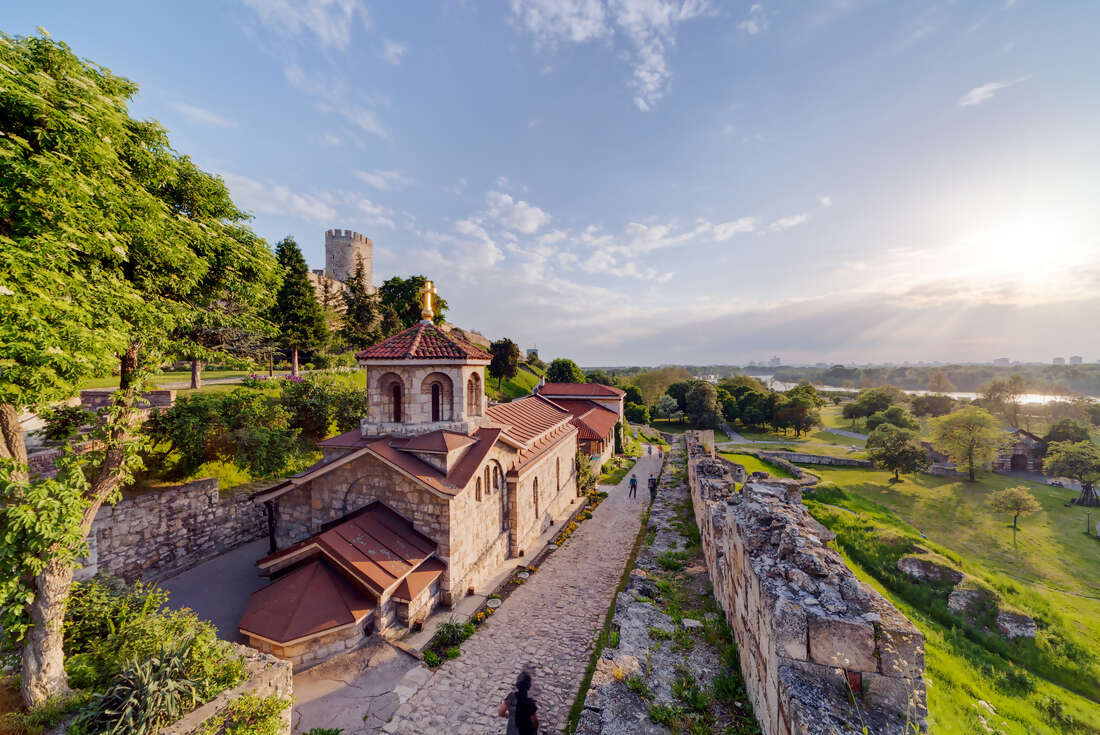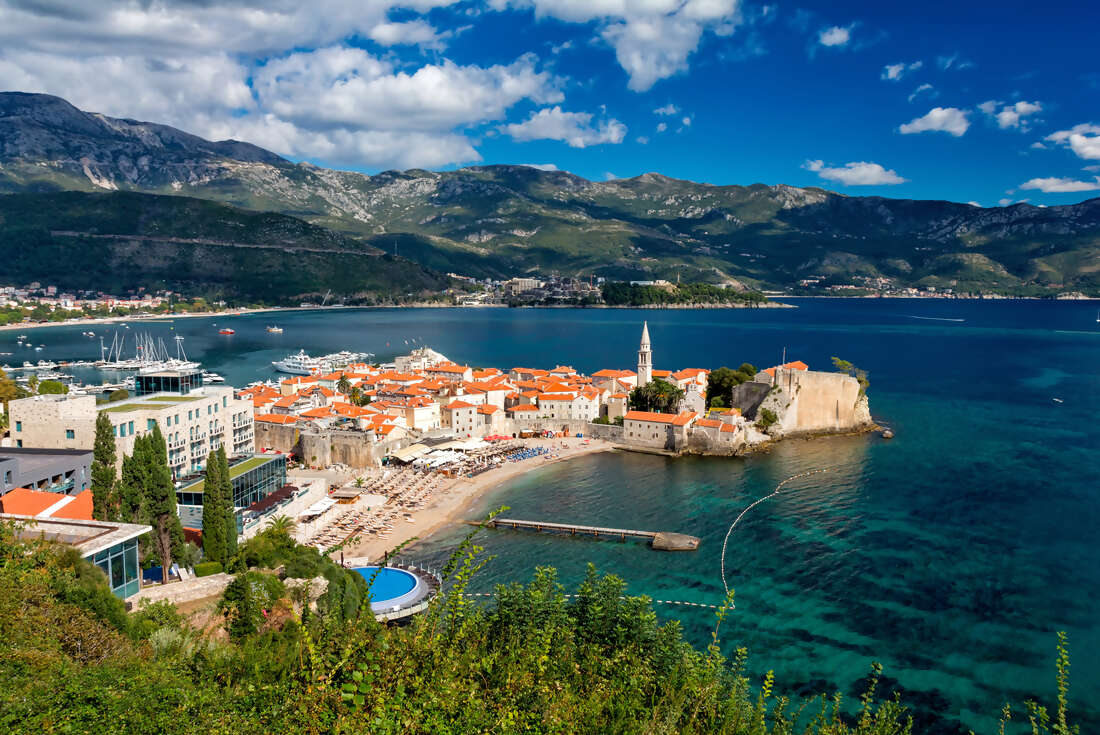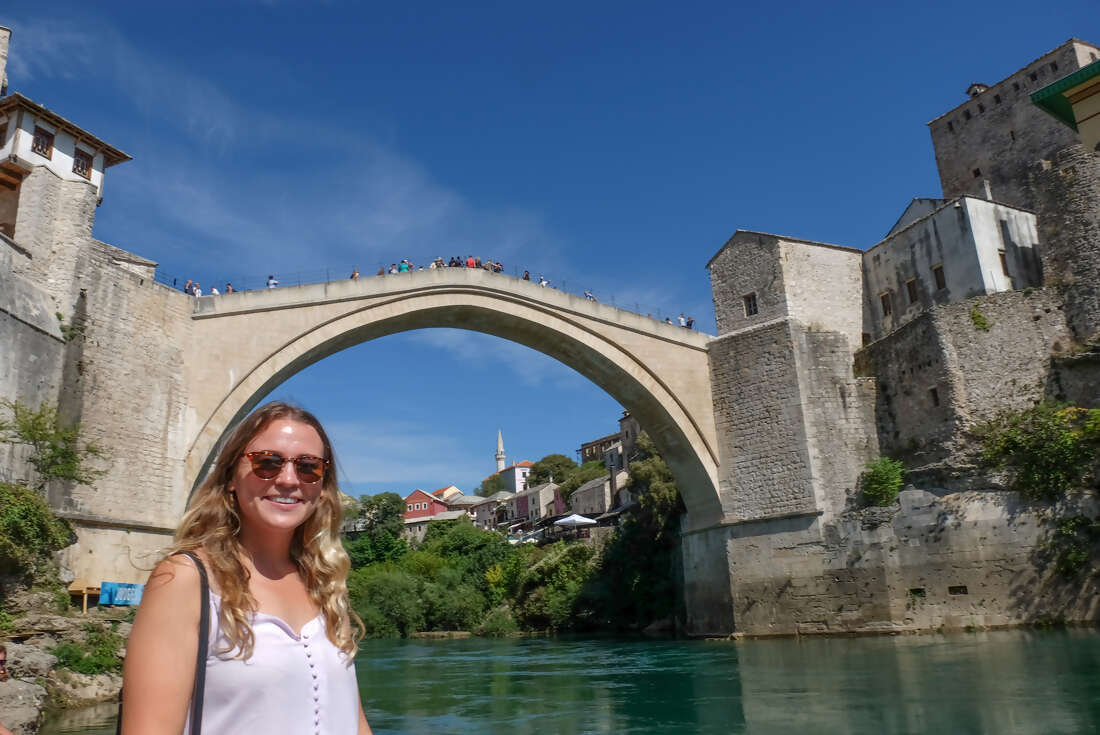 Veer off the usual Balkan route and discover some of the region’s lesser-visited places on this historical adventure. Starting in cosmopolitan Budapest, travel to the Serbian capital of Belgrade for a taste of a European city on the up. Learn about Bosnia and Herzegovina’s war years in Sarajevo, stop by the famed Old Bridge of Mostar, discover the beachside gem of Budva and wind things up in Dubrovnik, one of Europe's hottest hangouts. Melding the past with the present, the historic with the euphoric, this trip ticks all the boxes with plenty of free time, plenty of history to learn and plenty of places to head out and party.
Veer off the usual Balkan route and discover some of the region’s lesser-visited places on this historical adventure. Starting in cosmopolitan Budapest, travel to the Serbian capital of Belgrade for a taste of a European city on the up. Learn about Bosnia and Herzegovina’s war years in Sarajevo, stop by the famed Old Bridge of Mostar, discover the beachside gem of Budva and wind things up in Dubrovnik, one of Europe's hottest hangouts. Melding the past with the present, the historic with the euphoric, this trip ticks all the boxes with plenty of free time, plenty of history to learn and plenty of places to head out and party.Highlights
Enjoy plenty of free time with your group to discover the communist past and modern progressive vibe of Budapest: the 'Pearl of the Danube'.
Immerse yourself in the edgy street scene of Belgrade's Bohemian Quarter, then dance the night away in one of Europe’s nightlife hotspots.
Learn about the dark history and rebuilding of Bosnia and Herzegovina in Sarajevo, with a walk up to the White Fortress overlooking the city.
Cover a lot of ground in Montenegro, meeting up with the Adriatic coast in beautiful Budva along sandy beaches and shimmering waters.
Visit Mostar’s famous Old Bridge and witness a traditional bridge jumper hurl themselves into the icy waters below.






- You will visit the following places:
-

Budapest
Budapest is the capital of Hungary. As the largest city of Hungary, it serves as the country's principal political, cultural, commercial, industrial, and transportation centre. In 2010, Budapest had 1,721,556 inhabitants, down from its 1980 peak of 2.06 million. The Budapest Commuter Area is home to 3,271,110 people. The city covers an area of 525 square kilometres (202.7 sq mi) within the city limits. Budapest became a single city occupying both banks of the river Danube with a unification on 17 November 1873 of right (west)-bank Buda and Óbuda with left (east)-bank Pest. Budapest is one of Europe's most delightful and enjoyable cities. Due to its scenic setting and its architecture it is nicknamed "Paris of the East".
-

Belgrade
Belgrade is the capital and largest city of Serbia. The city lies at the confluence of the Sava and Danube rivers, where the Pannonian Plain meets the Balkans. It has an urban population of 1.2 million, while the metropolitan area has more than 1.7 million people, making it one of the largest cities of Southeastern Europe. Its name translates to white city. Belgrade's wider city area was the birthplace of the largest prehistoric culture of Europe, the Vinča culture, as early as the 6th millennium BC. In antiquity, the area of Belgrade was inhabited by a Thraco-Dacian tribe Singi, while after 279 BC a Celtic tribe inhabited the city, naming it "Singidun".
-

Sarajevo
Sarajevo is the capital and largest city of Bosnia and Herzegovina, with a population of 275,524.The Sarajevo metropolitan area, including The Canton of Sarajevo and East Sarajevo is home to 688,437 inhabitants. Moreover, it is also the capital of the Federation of Bosnia and Herzegovina entity, and the center of the Sarajevo Canton. Nestled within the greater Sarajevo valley of Bosnia, it is surrounded by the Dinaric Alps and situated along the Miljacka River in the heart of Southeastern Europe and the Balkans. Sarajevo is the leading political, social and cultural center of Bosnia and Herzegovina, a prominent center of culture in the Balkans, with its region-wide influence in entertainment, media, fashion, and the arts.
-

Budva
Budva is a coastal tourist resort in Montenegro. It is often called "Montenegrin Miami", because it is the most crowded and most popular tourist resort in Montenegro, with beaches and vibrant nightlife.
-

Dubrovnik
Dubrovnik is a gorgeous Croatian city on the Adriatic Sea coast positioned at the terminal end of the Isthmus of Dubrovnik. It is one of the most prominent tourist resorts of the Mediterranean and listed as a UNESCO World Heritage Site since 1979. The city is nicknamed "Pearl of the Adriatic". The success of Dubrovnik’s tourist industry has brought a certain degree of complacency and self-satisfaction. Certain aspects of the city’s appeal remain immune to tourist numbers, however, most notably the uniquely stunning setting and the unjaded straightforwardness of the Dubrovčani themselves.